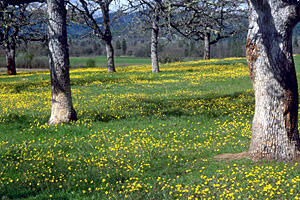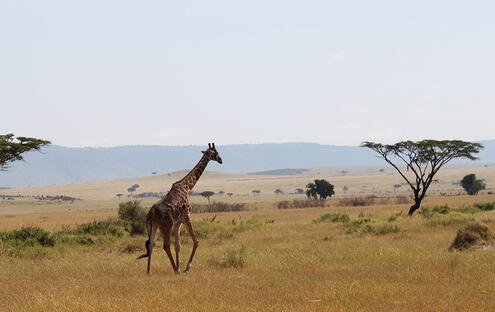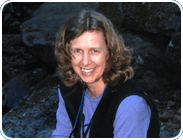Hi Alexander,
Thank you for wanting to help protect the savanna ecosystem. Savannas are home to many unique plants and animals. Yet most people do not realize how important and threatened they are.
Savannas are a type of grassland. They are flat, with scattered and widely spaced trees. Savannas are found throughout the world in both temperate and tropical regions. They can be wet or dry. Some of the world's largest tropical savannas are found in Australia, Africa, and South America.




 Biodiversity
Biodiversity
 Brain
Brain
 Genetics
Genetics
 Marine BiOLogy
Marine BiOLogy
 MicrobiOLogy
MicrobiOLogy
 PaleontOLogy
PaleontOLogy
 ZoOLogy
ZoOLogy
 AnthropOLogy
AnthropOLogy
 ArchaeOLogy
ArchaeOLogy
 Astronomy
Astronomy
 Climate Change
Climate Change
 Earth
Earth
 Physics
Physics
 Water
Water




